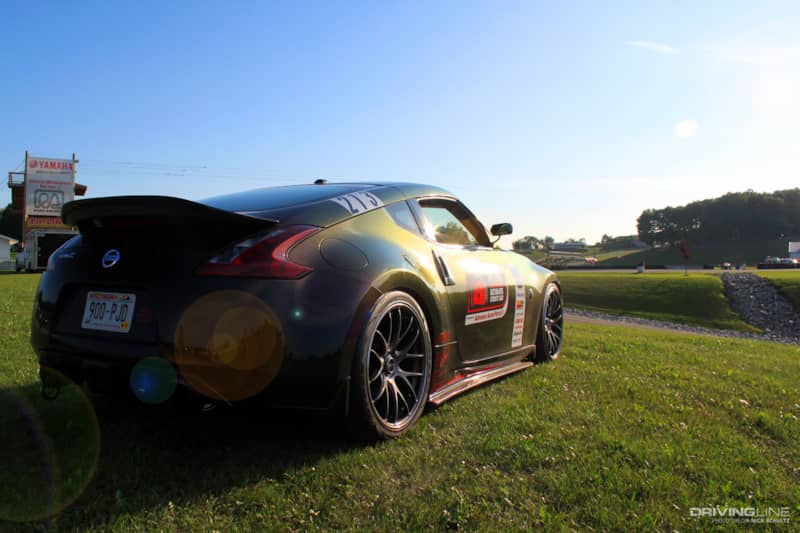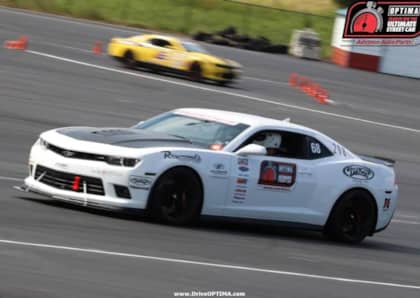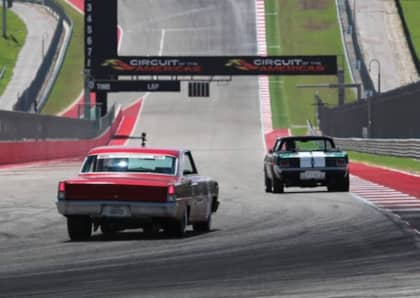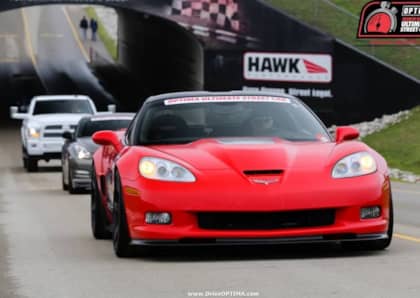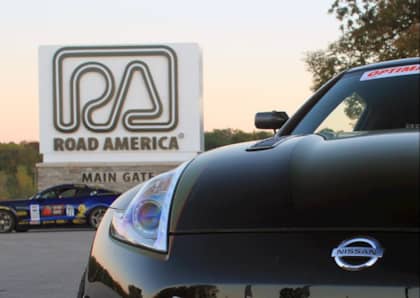Weekend Racer: Tracking My Car at Ultimate Street Car Challenge
Plenty of people want to drive race cars, much fewer actually go out and do it. I’ve been a car enthusiast since childhood, have built and shown cars for almost 20 years and helped out local race teams - but timing and life always seemed to keep me from driving in a race series. The last major build I took on I decided to evolve a 2009 Nissan 370Z Sport into a car that could get me to work, shine at car shows and provide fun on the race track. So for the past few years, much to the nervous bemusement of my wife and delight of our car-addicted 3-year-old, I’ve been participating in Ultimate Street Car Association (USCA) and Sports Car Club of America (SCCA) events across the upper-Midwest.
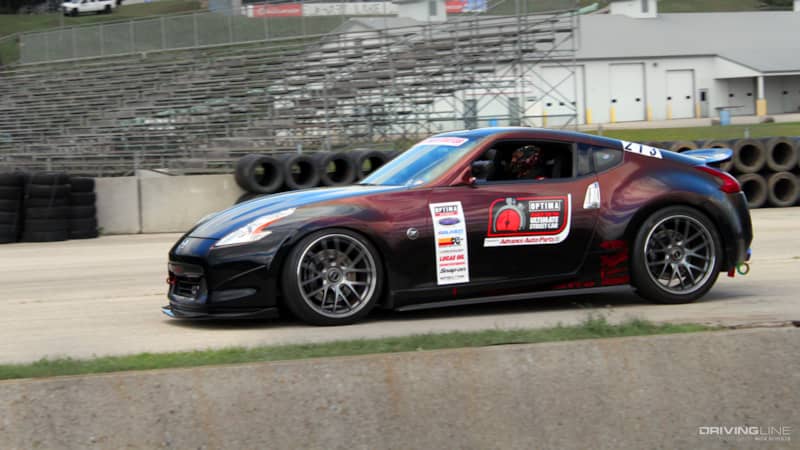
So what’s it like being an average guy with a “sensible” build taking part in a series like the Ultimate Street Car Association? USCA carries out a series of national races culminating with the Optima Ultimate Street Car Invitational (OUSCI) directly following the huge SEMA Show each year. Their “home” event, near Optima’s Milwaukee headquarters, is at the historic Road America and was my major race of this past year.
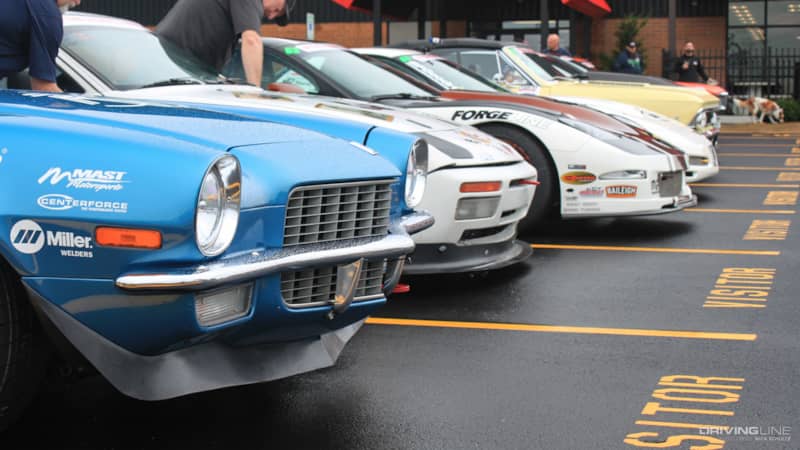
Our Nissan is equipped with a Stillen supercharger, Mine's valve train and Whiteline suspension. So far it has proven to be a fun car to hone my RWD race craft in. For the Optima event, I knew I was not going to be as fast as the GTRs I’d be competing against, so my goals were to learn and steadily improve my car control; lap times would be a byproduct.
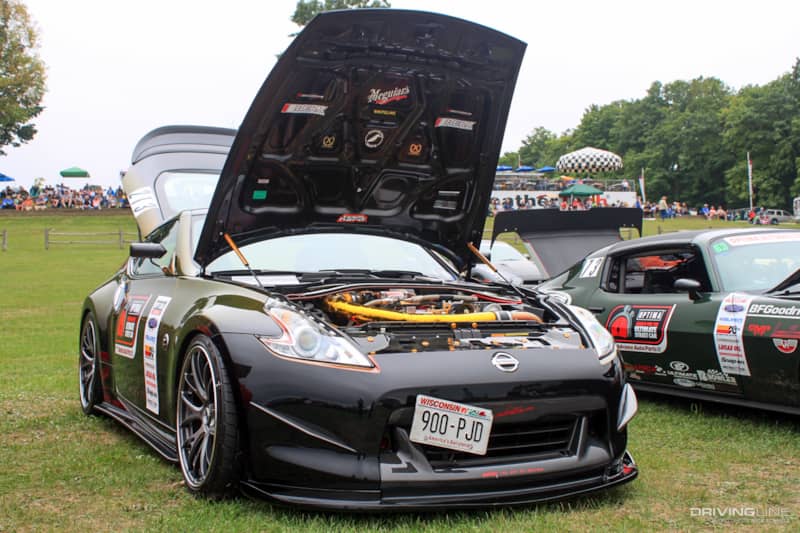
Road America is a track with an allure for every road course racer – both because of its challenging setup as well as the prestige of the legends like Andretti, Bourdais, Foyt, Pruett and Fellows who’ve already conquered it. It’s 4 miles of severe elevation changes, blind cresting corners, blistering speed and zero room for error. It commands utmost respect from drivers and well-rounded performance from the cars. As Le Mans winner Sebastian Bourdais told my wife, "If you get it wrong here, it’s going to hurt..." which did nothing to ease her apprehension.
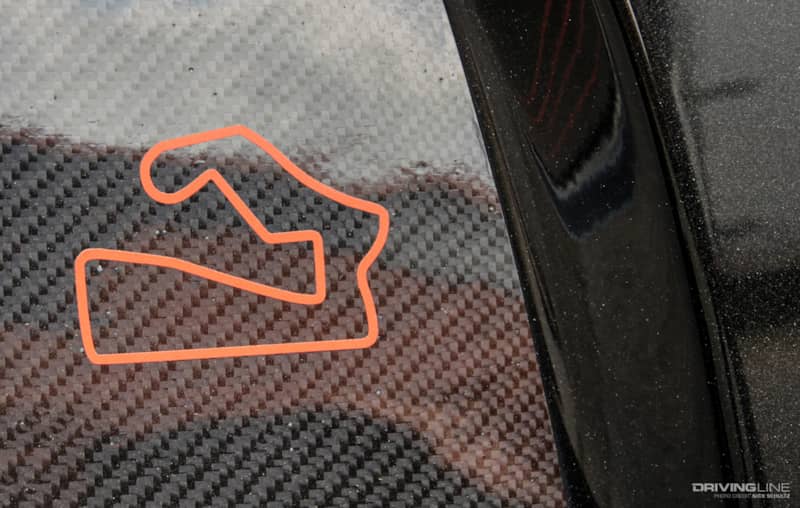
USCA Hosts Grassroots Racers from Across the U.S.
Friday started out at Optima’s headquarters. It was a laid back affair where we were able to meet our fellow competitors from across the continent and preview some of the cars we’d be tracking against for the next two days. As everybody builds their cars differently, it was awesome to see such a variety. It was also a great time to learn more about the track setups from some of the series' regulars and industry leaders, such as Kyle and Stacy Tucker of Detroit Speed, Steve Kepler of Johnson Controls and Randy Johnson of D&Z Customs.
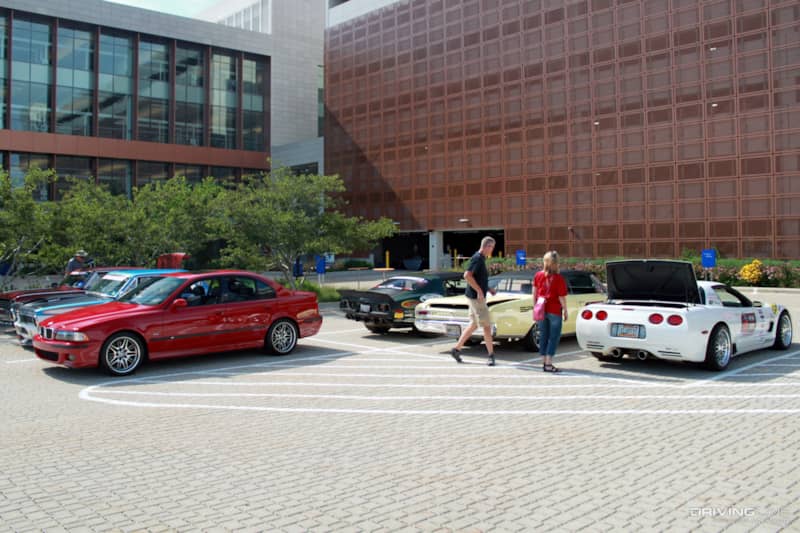
A few hours to kill before that evening’s dinner hosted at Andrew Chevrolet provided the opportunity to have a few beers with fellow competitors Bob and Cindy Guido, who drove their 1969 resto-mod Mustang 2,500 miles from Grande Prairie, Alberta, Canada, to Wisconsin for this event. Bob is normally found hitting his local drag strips and autocross tracks in Alberta, so USCA and Road America were going to be a big step up. Considering they drove the car all that way and needed to be able to drive it home as well, they were incredibly brave. Since they were short on cargo space (the car looked like they had packed for their first week of college), they had arranged new tires and valve covers to be delivered to the dealership and had them installed that afternoon.
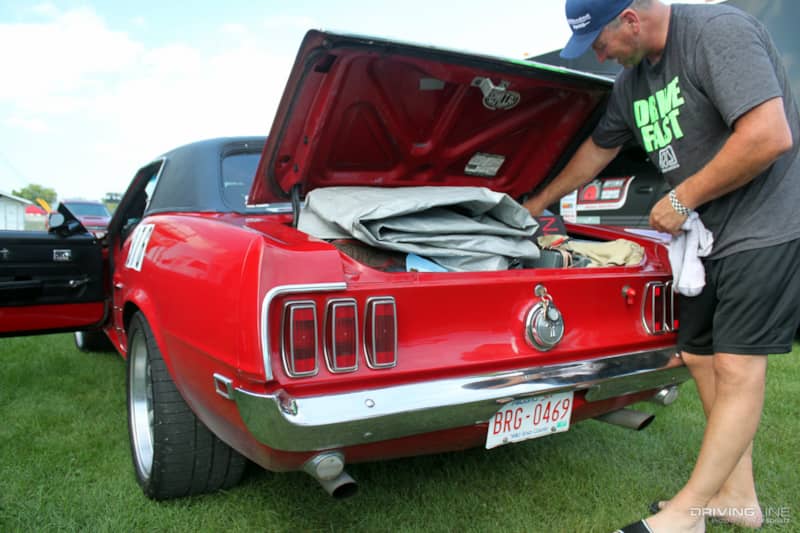
As the sun was setting on our diverse assortment of cars that evening, we could all feel the anticipation building for the following day of racing. The buzz of conversation focused on past builds, car setups and outlandish racing stories making for an entertaining evening.
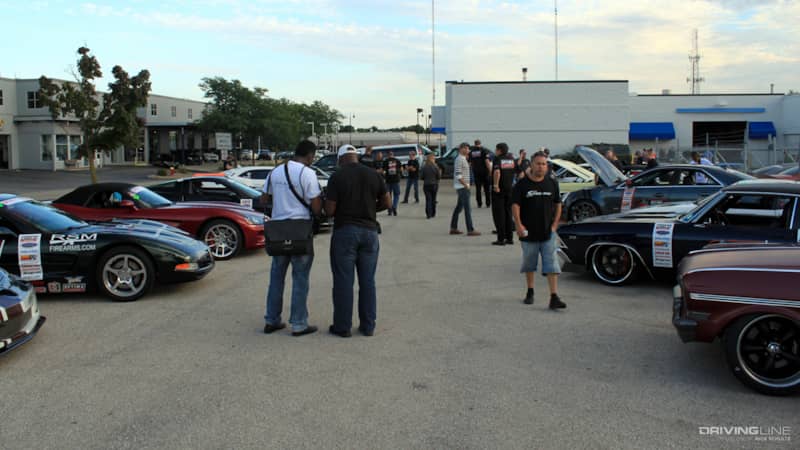
Getting to the Good Stuff During USCA at Road America
Saturday morning started with tech inspection at the Snap-On Tools ratchet and socket facility. I had a minor heart attack when the tech inspector thought my 4-point harnesses weren’t allowed, being 2 inches wide. After closer examination of the rules, however, I passed tech with flying colors. If this was the worst that was going to happen, the rest of the weekend would be smooth sailing...
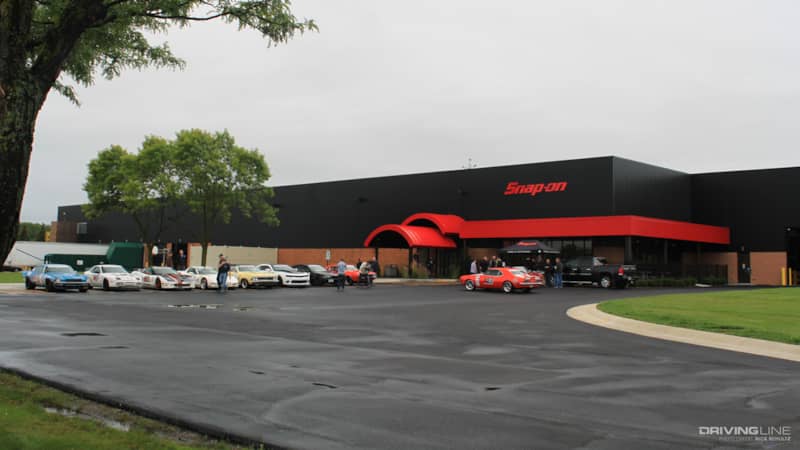
While waiting for tech inspection, we were given tours of the Snap-On ratchet and socket facility and received rules for the Road Rally segment of the race, taking us from Milwaukee to Road America. Seeing how sockets are made was pretty cool, but I was really ready to get racing!
USCA's Road Rally Proves Street Drivability
The Road Rally segment is meant to balance the competition. Since the Optima search for “The Ultimate Street Car” is about street legal cars, "race cars with license plates" sometimes struggle with things like speed bumps and fuel mileage. This segment is about 75 miles long and is meant to ensure that all the cars competing can function on the street.
One new rule made me laugh – we were each given an envelope to put our driver's license in and seal. If the envelope was open when we reached Road America, that meant we’d ran into an issue with the police (or got carded buying beer for later), and therefore lost the points for this segment.
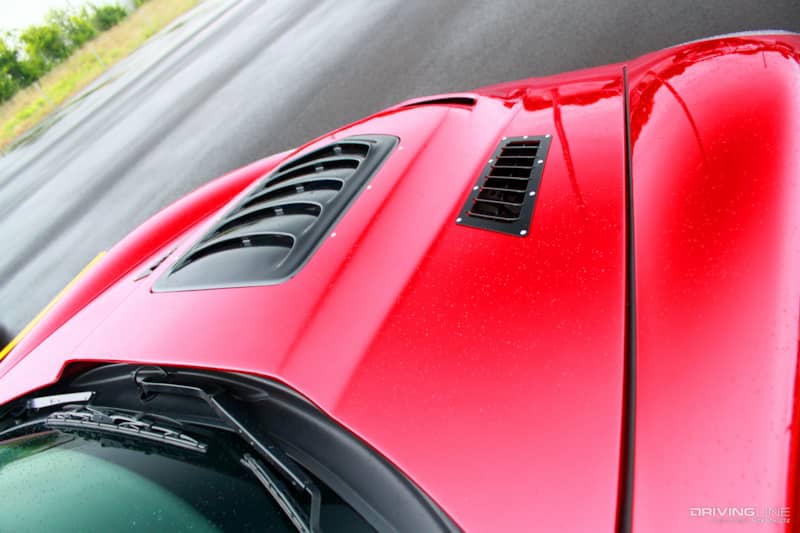
It was a rainy yet beautiful cruise up to Road America going through the Kettle Moraine area of Wisconsin. Aside from the rocks kicked up by everyone's autocross tires, it was a scenic and uneventful two-hour drive to Road America. Nascar's Xfinity series was also racing that Saturday, so the track was buzzing with extra excitement. No matter how many times I visit Road America, driving through the tunnel always gives me the chills.
Optima had a lower paddock reserved for the 75 cars entered in the weekend's event, so we were all staged together. That created the perfect setting to allow the public and press to check out our builds before the Nascar race started, while we scrambled to get the car cleaned up for the Design and Engineering segment.
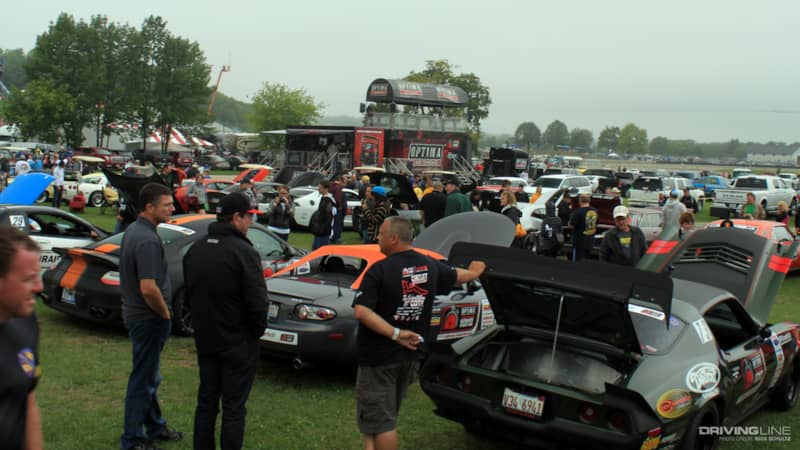
The Design and Engineering segment is another way to level the playing field, as it further weights points toward cars that are truly street cars and not "race cars with license plates." It was fantastic learning from judges that are industry leaders such as executives from Lingenfelter, Spectre and Snap-On. They focused on creative fabrication, engineering and design aesthetic, while providing valuable feedback on what we were doing correctly or needed to improve. Looking at all of the cars lined up, each one of them could have been an award winning show car. Then it sunk in; these show cars were about to be challenged and punished in every way possible.
Taking to the Track at USCA Road America
What a difference a day makes! Sunday's forecast was hot and sunny, which meant a fast race track. It also meant that cooling for man and machine was going to be an issue. Roll-in started at dawn, and we needed to get there early if we wanted a covered garage spot. So… we got there early.
After unpacking the car, checking lug torque and tire pressures and mounting the transponder, my wife reminded me that if I wrecked the car I wouldn’t be getting a new one… which sounded a lot like the lecture we give to our son.
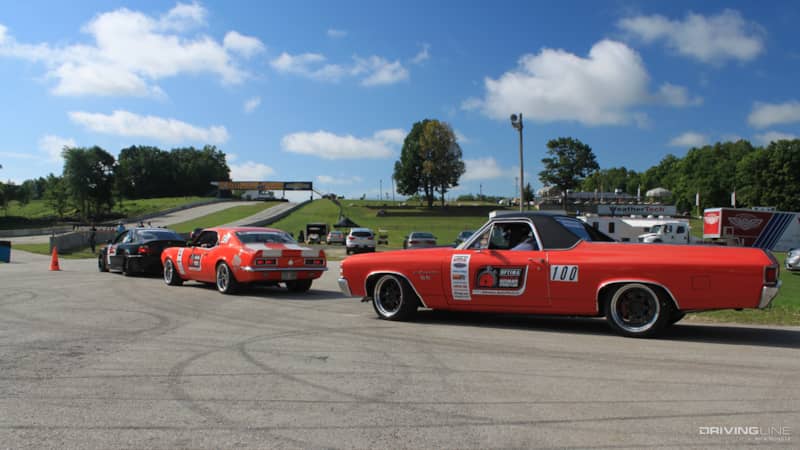
After the mandatory driver's meeting, the butterflies in my stomach were going crazy as I got my fire suit on. My hands were shaking with excitement so much that my wife had to help fasten my helmet. By the time I had managed to squeeze into my 370Z wearing a fire suit, helmet and neck collar, my nerves calmed down enough to focus on the task at hand, taking to the track.
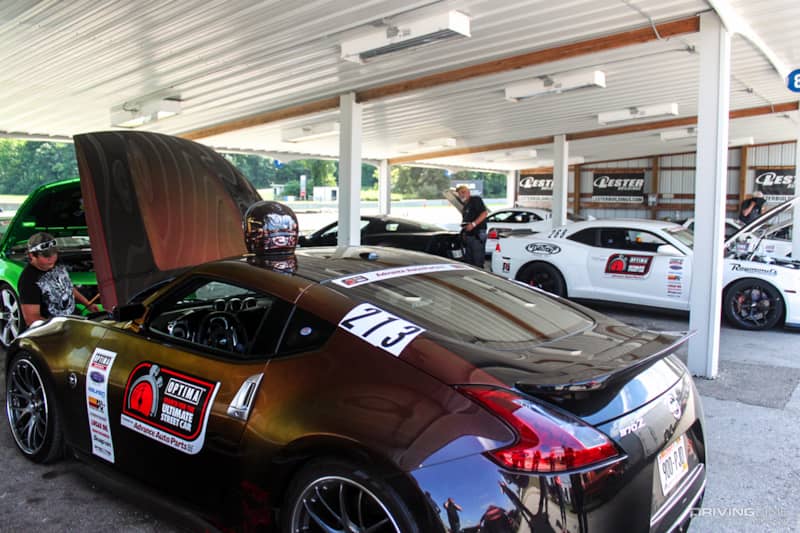
My competition group took on the autocross course first, which is held on Road America’s kart track, a knot of tight corners and a 100-foot elevation change. The speeds were surprisingly fast with some of the GT-Rs and Porsches hitting 80mph or better. Grip, brakes and cooling were crucial in the event, with a few competitors succumbing to overheating or boiling brake fluid. I was glad I had fabricated an active brake cooling system, as it made a significant difference in brake longevity.
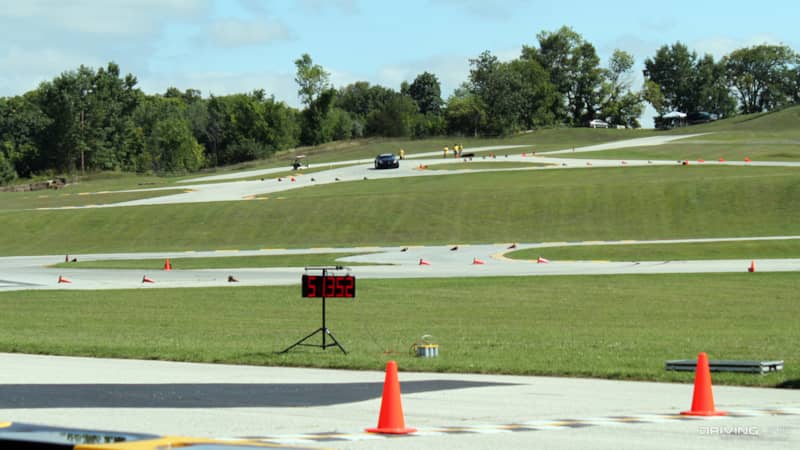
Next up was the road course. It helped hitting the autocross first, as it let me get a feel for how my newly installed Hawk Street Race pads and Nitto 555 G2s paired up to my suspension. After a caution lap, it was hammer down, and I felt like I had been given the controls to a roller coaster. Uphill, flat left, then through the hurry-downs to the legendary carousel. Rocket out of the carousel to the motorcycle kink, and then it’s wide open through a sweeping left to the hard right through Canada Corner. Next is hard on the gas through the right-left of Thunder Valley and another hard right to the substitute front stretch. Rinse and repeat for five more flying laps.
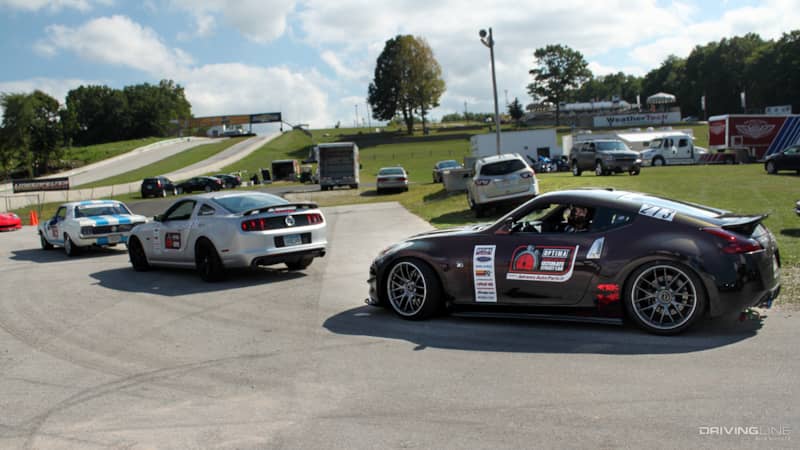
Back to the pits, I wasn’t the only one affected by the heat upon arrival. The hot weather took its toll as the morning wore on, causing overheating, oil line bursts and failing brakes for more than a few competitors. Tire pressures were critical with everybody making adjustments after each run. I was amazed how much a pound of air can alter the handling of a car. It took a bit of time, but I eventually found a combination that worked, and the grip levels were great.
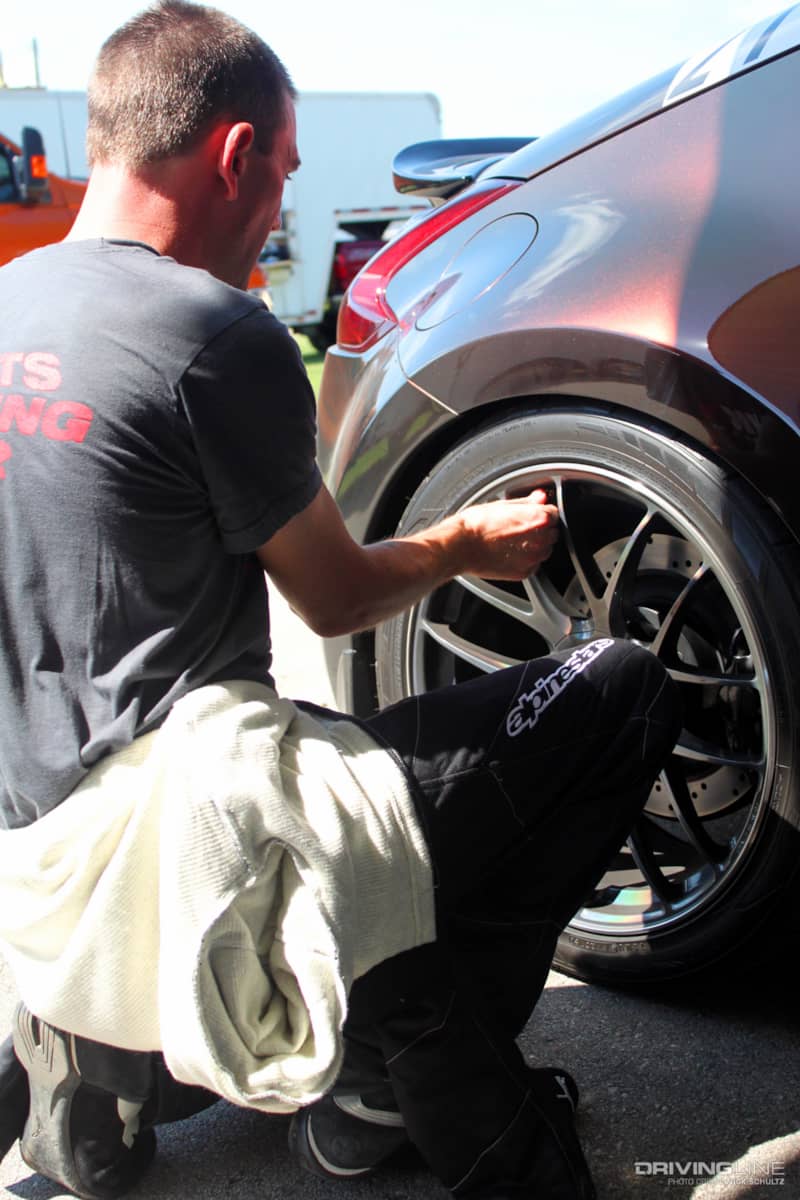
I really needed that grip for the next segment, the Speed/Stop Challenge. This one is my personal favorite because it's a simple concept but so hard to perfect, consisting of a 100-yard dash, then a 180 around a cone, followed by 50-yards to a stop box. The course was narrow, about 35 feet, so no overdriving the 180-degree turn. Stopping zones really tripped drivers up, including seasoned veterans.
Most of us were happy to get into the mid-13-second range, until a Porsche dropped a stunning 11.8 seconds; not even Steve Keplar and his track-prepped GT-R could come close to that.
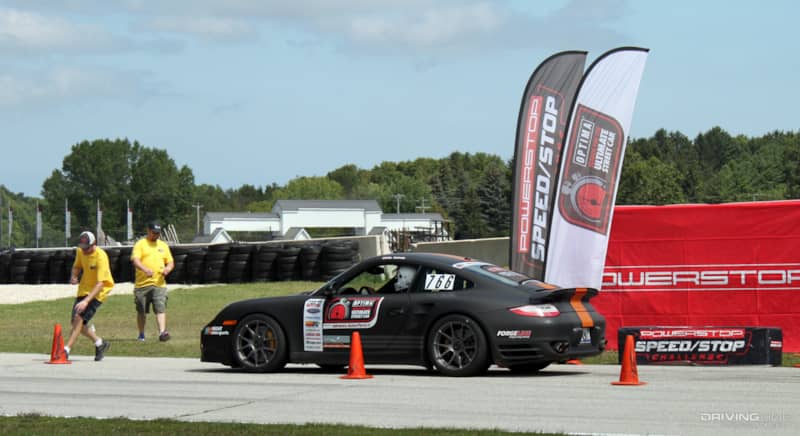
I spent the rest of the afternoon hunting that elusive sub-14-second time in my 370Z. A few shock adjustments later, I went out for one last run and let it all hang out – which meant some wild sideways action and coming oh-so-close to getting into the 13’s. Slightly disappointing, but the fun factor alone was worth the work!
After seven hours in safety gear and six behind the wheel, it felt good to call it a day and cool off. I’m assuming the car felt the same way, with brake temps pushing 900 degrees F and oil temps in the high 200s. It felt good to unwind, and judging by how tense my wife was during the day, I'm sure she too was relieved all that stress was now behind us. We had an hour to kill before the awards presentation, so we wandered the paddock as everybody was packing up.
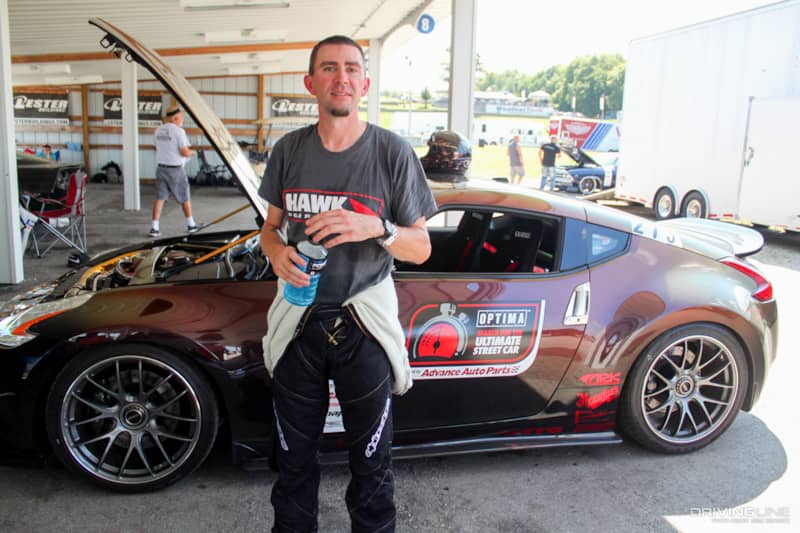
The once shining muscle cars, imports and sports cars were now covered in grime, dust and tire marbles. The drivers, while in good spirits, looked hot and exhausted as they loaded haulers or packed up the trunks. Speaking of packing up, my new friends who had driven from Canada got through the day with their Mustang intact, surviving to escort them back on the long trip home.
At the awards presentation there was no trophy, no plaque. Instead, the top three of each class were recognized for their achievements in front of peers and industry leaders, which is far more special than any dust-collecting trophy in the garage.
I was stunned to hear my name called, earning the top spot in GTS class for the Design/Engineering segment. Out-scoring builds from Detroit Speed and sharing the stage with Randy Johnson and Steve Kepler was rather unthinkable and a huge honor.
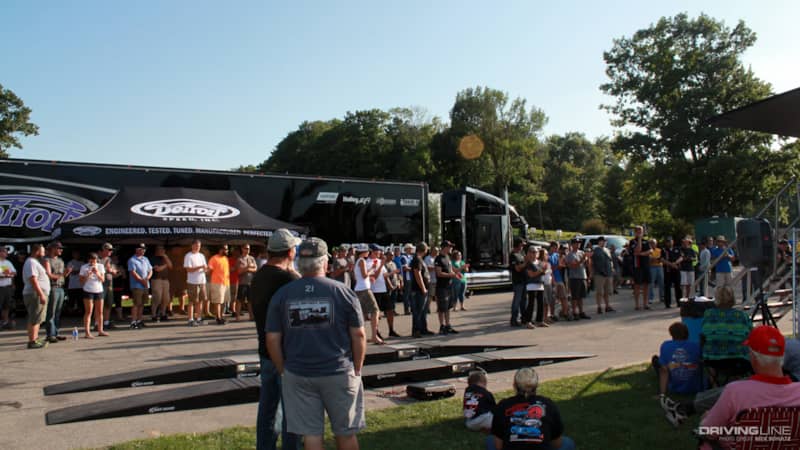
Beyond wins, what everyone was really after were the coveted SEMA invites for the culminating OUSCI event. To everyone’s delight, a special “Spirit of Competition” invite was extended to my new friends Bob and Cindy for their remarkable journey from Canada to compete for the weekend.
I can’t think of a better way to enjoy all the work I’ve put into the 370Z than spending an amazing weekend with other incredible cars and people, a legendary track and a ton of adrenaline. I’ll be back for more, and I would encourage anyone serious about cars to think about attending one of the USCA races across the country – details can be found at driveusca.com. Say “hi” if you see me on the track!
